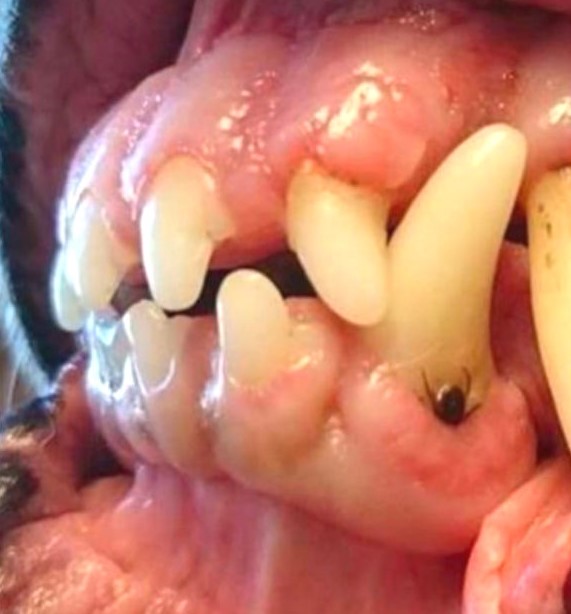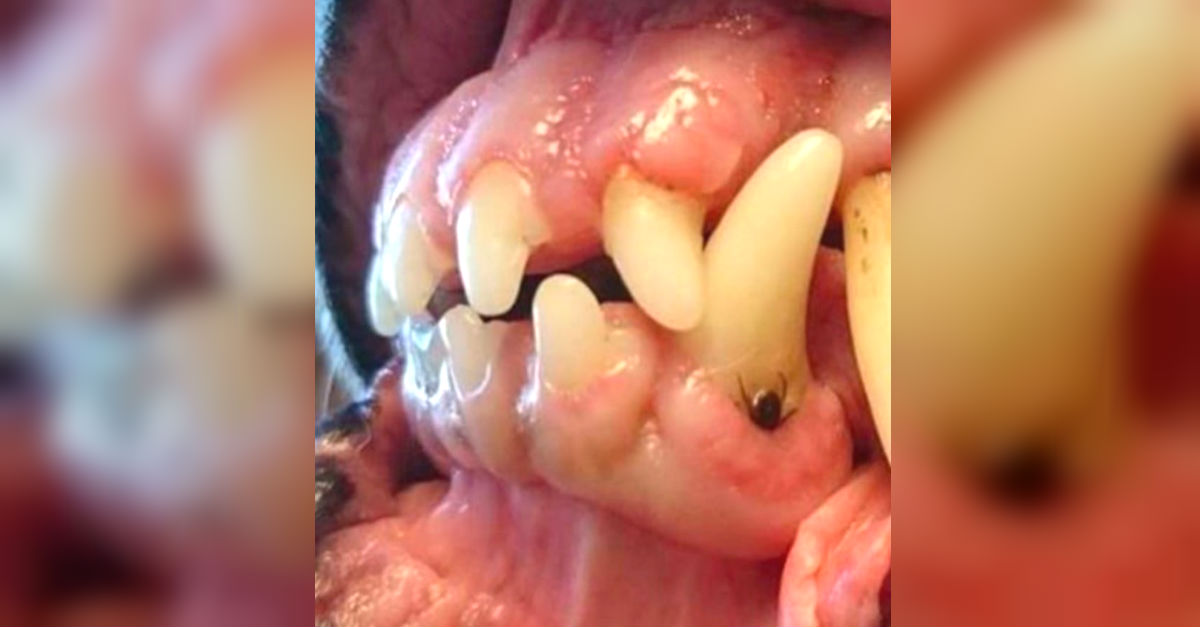When is “tick season”?
In our area (Far Northern Beaches NSW and South Eastern Gold Coast) paralysis ticks are found all year round. It may surprise you to hear our peak tick season starts in July! That’s right, mid winter! That’s when we start to see the tick cases coming in. They will continue to come in year round, but they start to slow down in February. We also have bush and cattle ticks, which while annoying are not usually dangerous, so for the rest of this page we will be referring to paralysis ticks.
What protection should I use?
We currently recommend Nexgard, Bravecto or Simparica for dogs. Since the introduction of these products we have seen a marked decline in the number of cases we see in the clinic each week. Most of the cases we now see are either not on prevention, or have missed a dose. In some cases these treatments are not appropriate, and we can make other recommendations for your pet.
Cats remain a lot harder to treat. For cats, the Bravecto Spot-on lasts for 3 months, and is one of the better treatments available.
If you are unable to use either of these products for any reason, there are other treatments available, such as spot-ons, or tick collars. While find they aren’t as effective, they still provide protection, and any protection is better than none! And no matter what product you use, we recommend daily searching your pet for ticks.
How do I search my pet?

Paralysis ticks can be hiding anywhere on your pet. This classic photo is a reminder that we mean that literally. The most common places to find ticks are around the head and neck area, but we recommend a daily all over check. When you run your fingers through your pet’s coat you are feeling for a small bump – as small as a pin head, or as large as a little finger nail.
Start by searching between toes and under toenails. Walking your fingers backwards through the coat slowly, work your way up the tail, both back legs and then over the rump. You will have to do the same for your dog’s underside. Check around vulva/penis areas and under the tail.
Continue walking your fingers through the coat backwards. Work your way up the front legs one at a time. Concentrate the most of your time on the shoulder and neck area, going over this area very carefully as the thick ruff in most dogs, and folds of skin can mean this is a tricky area to search. Remember to search inside, outside and along the edges of your dog’s ears. Search around eyelid margins and lip margins. Run your fingers backwards through coat under chin.
Even with a thorough check like this, ticks can be easy to miss. If you suspect a tick, even if you cant find one, bring you pet in. At the clinic, we never rely on one person’s check -we know how easy it is to miss the little creatures! We usually have some combination of either 2-3 staff members run a tick check, clip the entire coat, as well as using a quick tick kill product – like a tick bath. In some situations, all we find is the crater left behind by the tick! Paralysis ticks are unique in that they leave a crater behind when they drop off or are pulled off
For information on what happens when your pet is affected by tick paralysis CLICK HERE

